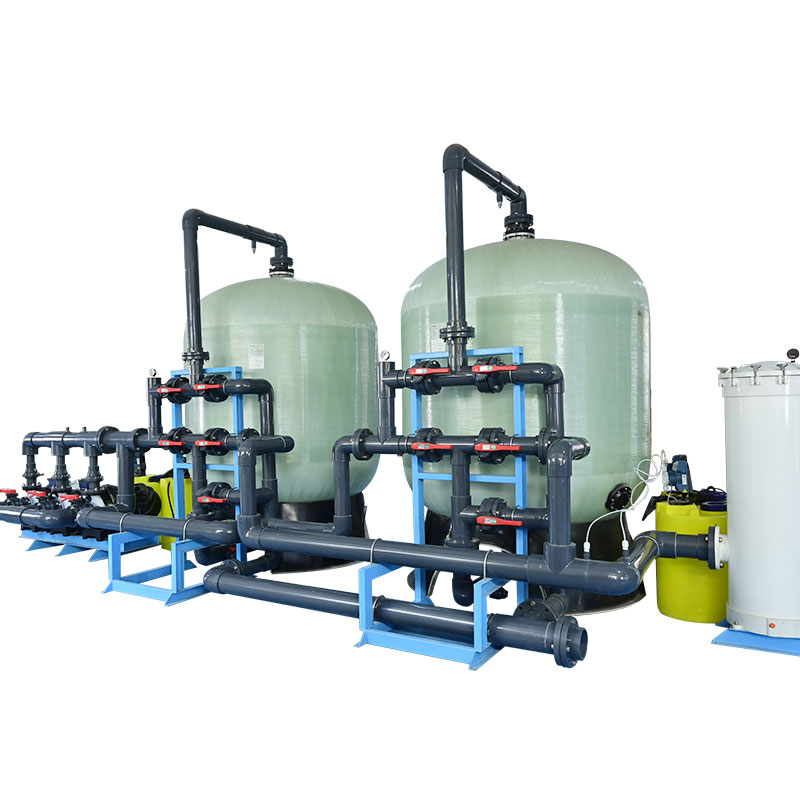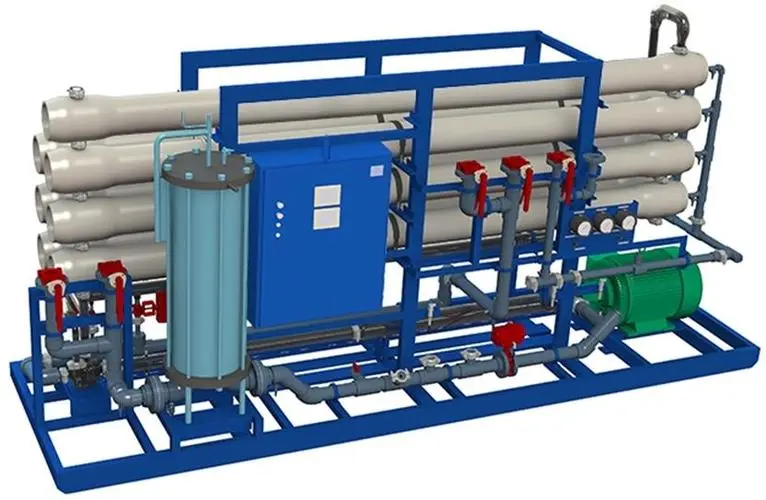- Commercial Reverse Osmosis Water Treatment Systems
- Industrial Reverse Osmosis Water Treatment Systems
- Ultrafiltration UF Water Treatment Systems
- Ion Exchange Water Treatment System
- Containerized Water Treatment Systems
- Customized Water Treatment System
- Bottle Water Filling Line
- Water Mechanical Micron Filters
- Stainless Steel Water Treatment Equipments
- Water Treatment Parts
- Water Sterilization
What are the maintenance and operating costs of seawater desalination plant equipment?
On a global scale, the problem of scarce water resources is gradually becoming prominent, and seawater desalination technology has attracted attention due to its ability to convert seawater into usable fresh water. However, an important concern for investors and operators is the maintenance and operating costs of seawater desalination plant equipment. Today, we will delve deeper into this issue and explore the economic feasibility of sea water desalination systems.
Key factors in maintenance costs
The maintenance cost of seawater desalination systems mainly depends on multiple key factors:
Equipment quality: High quality seawater desalination equipment usually has better durability and stability, reducing maintenance requirements. Investors should consider the reputation of suppliers and product quality when selecting equipment.
Operating conditions: Sea water desalination systems may face different challenges under different environmental conditions, such as pollutants in seawater and changes in water temperature.
Equipment type: Different types of seawater desalination equipment have different maintenance requirements. Investors need to choose the type of equipment that suits their needs and budget.
Regular maintenance: Regular maintenance and upkeep are the key to ensuring the long-term stable operation of sea water desalination systems. Investors need to consider the cost of regular maintenance activities such as replacing filter cartridges, inspecting membrane components, and cleaning equipment.

Factors affecting operating costs
In addition to maintenance costs, operating costs are also an important component of the economic feasibility of seawater desalination equipment:
Energy consumption: The desalination process requires a significant amount of energy, especially in reverse osmosis systems. Operators need to pay attention to energy costs and consider using efficient energy equipment and renewable energy to reduce operating costs.
Chemical usage: Some sea water desalination systems may require the use of chemicals to prevent membrane fouling or corrosion. The procurement and processing costs of chemicals also need to be taken into account.
Discharge treatment: Treating wastewater generated during seawater desalination is also an important aspect of operating costs. Compliance with environmental regulations and wastewater treatment may require additional investment.

Key strategies for cost reduction
Although maintenance and operational costs are inevitable, these costs can be effectively reduced through some key strategies:
Choose reliable suppliers: Choose reputable and technologically advanced suppliers to ensure equipment quality and after-sales service.
Investing in efficient energy technology: adopting efficient energy equipment and considering the utilization of solar energy and other renewable energy sources to reduce energy costs.
Regular maintenance and monitoring: Regular equipment maintenance and monitoring of operational status to prevent problems from occurring and avoid emergency repairs and high costs.
The control of maintenance and operating costs is crucial for investment in seawater desalination systems. However, with the advancement of technology and the accumulation of management experience, the cost of seawater desalination technology is gradually becoming more reasonable. As an effective means to solve the problem of freshwater resource shortage, seawater desalination systems will provide sustainable solutions for water resource management around the world in the future.




